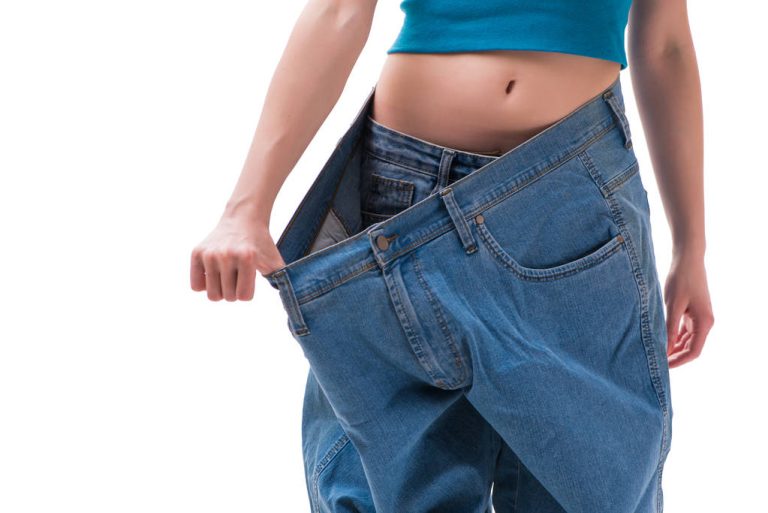WHO HBSC study: girls often think they are overweight, and boys are more likely to be obese. Both, the eating and health behavior is strongly dependent on the parental home.
25 percent of all 15-year-old girls go on a diet or try to lose weight in some other way.

This is the conclusion of the World Health Organization’s Health Behavior in School-aged Children (HBSC) study, which is updated every four years.
According to the study, girls consider themselves too fat more often than boys: 43 percent of all 15-year-olds say they have too much on their ribs. Even 11-year-old girls think 26 percent are too fat. It is boys who tend to be overweight and obese: according to the survey, 7.8% of girls and 10.1% of boys are overweight or obese. On the other hand, 17.8% of girls and 12.6% of boys are classified as underweight.
The close connection between wealth and body weight
The study shows that the conditions in the parental home have a decisive effect on body weight: the higher the family wealth, the fewer young people are overweight or obese. The downside: Boys and girls with a high family wealth are also more likely to be underweight than children who grow up in households with lower wealth.
According to the study, where healthy eating culture is practiced, mature and healthy children grow up. However, the eating habits of many children and young people give cause for concern: only 29 percent of all 15-year-old boys eat fruit every day (37 percent for girls), and 22 percent of boys drink soft drinks every day. Vegetables are on the daily menu for 30.6% of girls and only 19.5% of boys.
It also looks modest when it comes to exercise: While eleven-year-olds still get 25 percent of the daily recommended exercise, it is only 16 percent for 15-year-olds. On average, girls move less than boys.

The international coordinator of the HBSC study and senior editor of the report, Dr. Jo Inchley, said: “Many aspects of health follow social patterns. Young people from more disadvantaged backgrounds not only have fewer health-promoting behaviors and poorer health outcomes, but they also have fewer social assets, such as support from family and friends.”
After all, the number of young people who smoke or consume alcohol has fallen significantly since 2010.
























